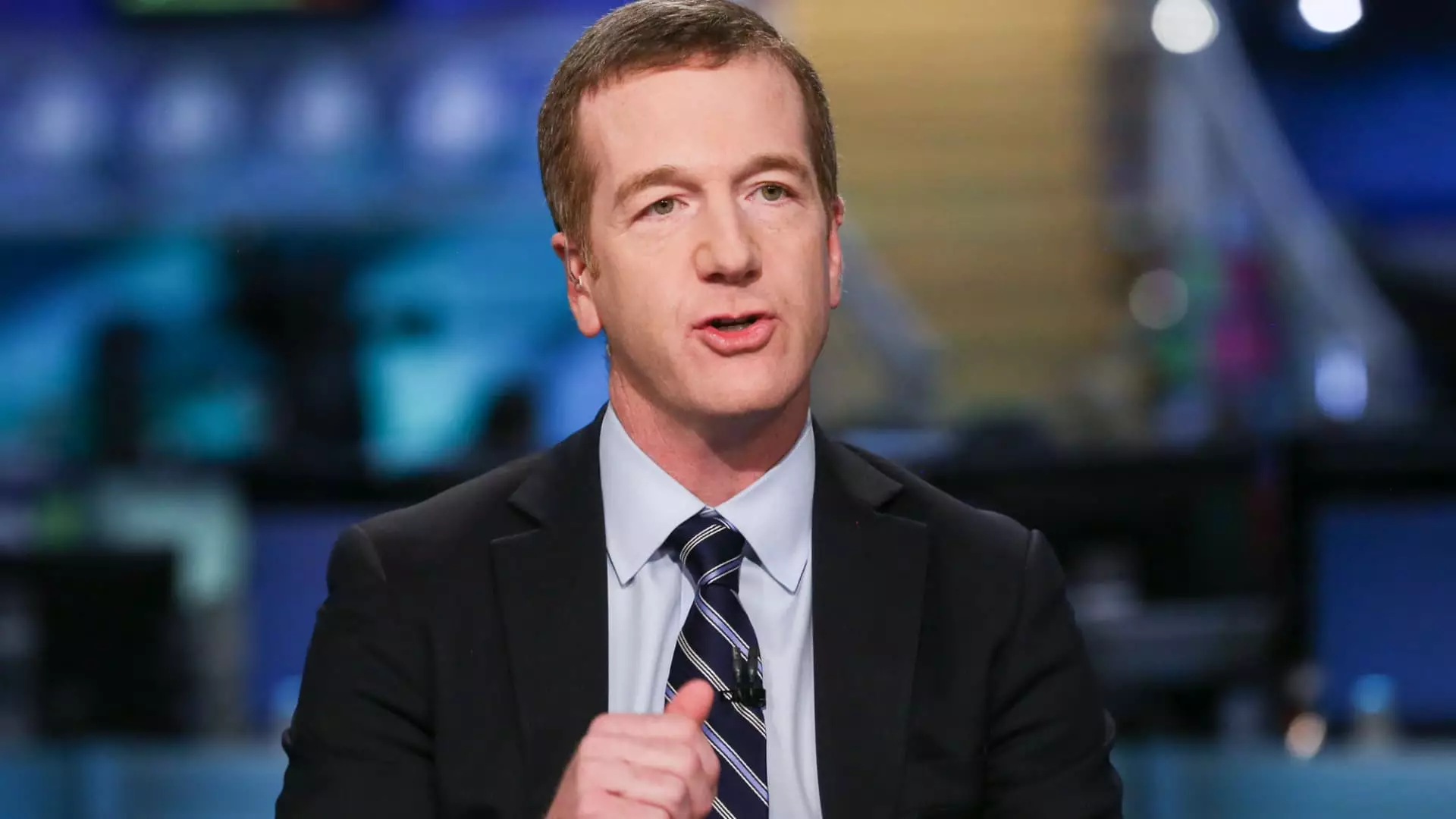In a landscape marked by uncertainty, the recent comments from Morgan Stanley’s Mike Wilson offer a glimmer of hope for investors. Much to the chagrin of naysayers, Wilson is advocating for a significant rotation back into U.S. equities. However, his identification of the so-called “Magnificent Seven” as key players in this potential rally raises questions about sustainability. It seems this “low-quality rally,” as Wilson describes it, is a temporary fix rather than a long-term solution. While optimism is palpable, it is crucial to dissect the underlying factors driving this movement and whether they provide a solid foundation for future growth.
The Magnificent Seven’s Role
The “Magnificent Seven,” comprising major players like Apple, Nvidia, and Tesla, have indeed shown resilience. Their recent stock performance has contributed to a buoyed market, with the S&P 500 closing at 5,767.57—a welcome sight for investors. However, the reliance on a handful of companies raises red flags about market robustness. If these tech giants falter, can the broader market stand on its own? Given that these stocks have been driving much of the gains, one wonders whether this reliance is akin to a house built on sand. The potential for volatility looms large, particularly as earnings reports approach and investor sentiment shifts.
The Fine Line of Capital Flow
Wilson mentions a potential inflow of capital back to U.S. markets, supported by stabilizing earnings revisions for the Magnificent Seven. But let’s challenge that narrative. The suggestion that a weaker dollar and lower interest rates will usher in good fortune for the markets overlooks the intricacies of investor behavior. If economic conditions deteriorate, can we genuinely expect funds to flow freely into stocks considered “safe”? The optimism surrounding the potential for a 13% growth in the S&P 500 year-end target sparks caution. Stock prices can be swayed by short-term sentiment but are ultimately tethered to fundamental economic performance.
Challenging the Stability Narrative
Durability in stock markets, as Wilson posited, might be an elusive goal. While he forecasts a summer rally, the darker undertones of market realities cannot be ignored. He argues that many of the macroeconomic weak spots stem from the fundamentals—slowing earnings growth, geopolitical tensions, and tightening monetary policy—which remain pressing concerns. The suggestion that an impending rally will withstand the test of time feels overly optimistic when layered against the backdrop of rising interest rates and inflationary pressures that erode purchasing power. The narrative of a strong recovery should be approached with skepticism.
The Case for Caution
While the promise of new highs may tantalize many investors, there is a strong need for caution as we tread through uncertain waters. Wilson’s predictions of potential new lows by mid-year should serve as a wake-up call for those overly enamored by the recent market frenzy. It would be unwise to disregard the fundamental challenges that persist beneath the surface. As investors, we must not get swept away by the euphoria; rather, we should remain vigilant and prepare for a reality check that may not align with the sweet dreams of stock market fortunes.

